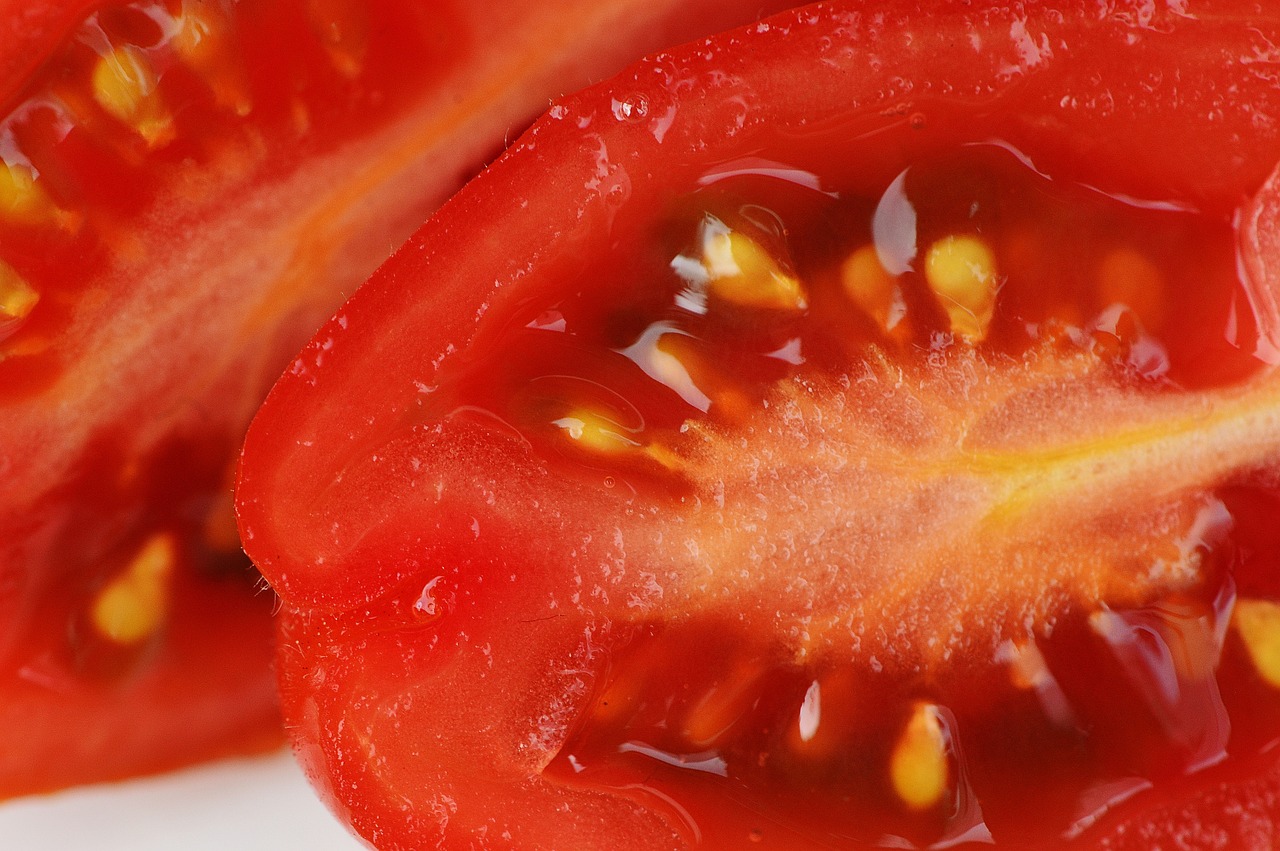
Save your own vegetable seeds
simple and money-saving
Saving vegetable seeds is fun and can save money too. Saving seed is a way of preserving older varieties of plants which have great taste or unusual
Tomatoes, peas, beans
These plants should be either “heritage” or “open-pollinated” plants. If the plant tag or seed package from the original plant says “hybrid”, then the seeds grown from hybrids won’t look the same next year.
Tomatoes
Let two or three tomatoes ripen as long as possible on the plant before frost.
Cut open the tomatoes and scoop the seeds into a bowl. Seeds have a slimy coating called pulp. Put the seeds and pulp in a container with a lid. Label the container with tomato name and year. Add some water – the seeds and pulp will float to the top.
Keep this in a warm place for 3 – 5 days. The warmth causes the pulp to rot and ferment. This releases the seeds which will drop to the bottom of the container.
Once the seeds have separated from the pulp and dropped to the bottom of the container, add some water and pour off the rotted pulp.
Fill the container again. Let the seeds sink to the bottom and pour off the water.
Now dump the seeds and water into a
Peas & Beans
Peas and beans are one of the easiest seeds for saving. Dried peas and beans can be planted in your vegetable garden next year. If you have lots, use them for cooking all winter. Try them in
The seeds of peas and beans are inside the long pods that grow from the plant. Leave the pods on the plant until they turn brown and are dry and brittle. The seeds in green pods do not ripen well after they are picked from the plant. If there is hard frost or wet weather, cut and bring the whole plant inside to finish ripening the seeds.
Once the pods are dry and brittle, crack them open and remove the seeds (peas or beans). Discard the pods in your compost. Keep the best seeds and discard ones that are small,Lettuce
Wait for lettuce plants to “bolt” to harvest seeds. Bolting usually happens during hot and dry weather in mid-summer when a thick stalk grows from the
Seeds don’t all ripen at the same time on lettuce stalks. You can collect ripe seeds every day, or collect the whole flower stalk when half the seeds are ripe. Place the stalk in an open container or a paper bag to finish drying. You might get fewer seeds by harvesting the whole stalk.
When the fluffy seed heads are fully dry, rub and roll them between your fingers to release the seed. Gently blow on them to get rid of the fluff and harder bits of chaff. If you can’t remove all of it, just plant the mixture. The seeds will grow even if there is chaff in the mix when you plant them in the soil.How to store seeds
Vegetable seeds can keep for several years if you store them properly. Seeds should be stored in a cool, dry, dark place. Moisture, heat
Place your seeds in envelopes or make your own envelopes out of foil or waxed paper. Label with name of the seeds and the date (month and year) you harvested them.
Place your envelopes inside an airtight container. To help keep seeds dry, place about a tablespoon of dry powdered milk in a paper towel or piece of cloth, secured with a twist tie or piece of string. The powdered milk will absorb humidity and keep seeds dry inside the airtight container.
Put the container in the refrigerator. Do not store seeds in a shed or garage or root cellar. These places are either too moist and/or too cold for seed storage.

